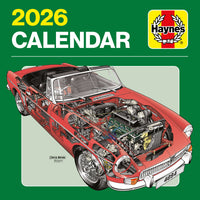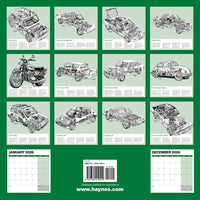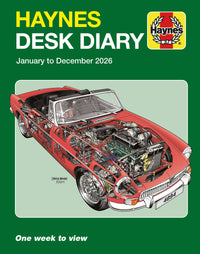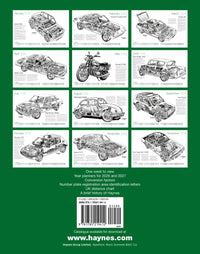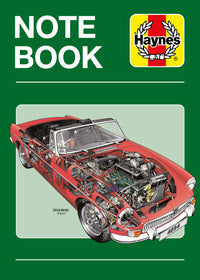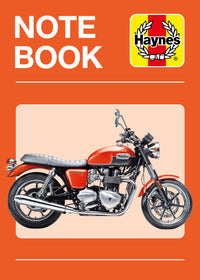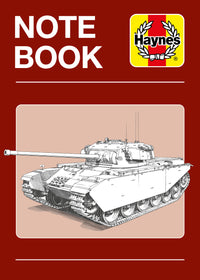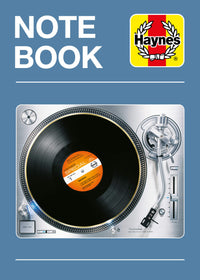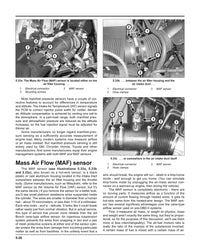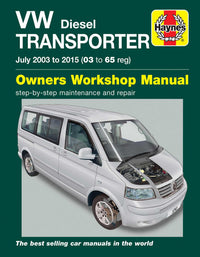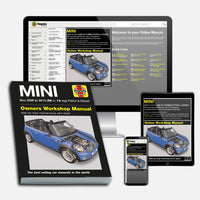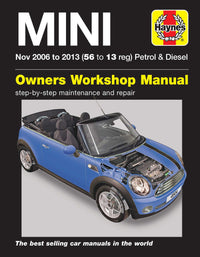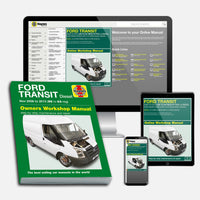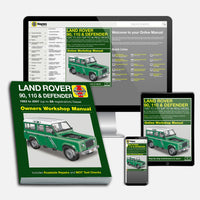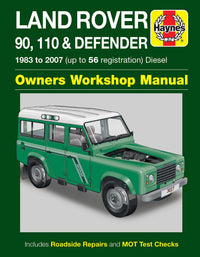The Range Rover is the undisputed king of the luxury off-roaders. It was born out of a need to traverse muddy plains while wearing a dinner jacket. For fording streams while enjoying your new ball gown. You know, the kind of thing we all do of a weekend.
Okay, so maybe we don't have to do that. But even so, the Range Rover was designed to offer genuine luxury. Up until its arrival in 1970, Land Rover had been producing rugged and frankly brilliant off-road vehicles in the form of the Series I to Series III, which would go on to become the Defender.
Capable, tough and favoured by the military, they were fit for a purpose. Sadly, that purpose was not family life. That's where the Range Rover came in. It was bigger, it was faster, but thanks to being a Land Rover, it was and still is brilliant off-road.
Now in its fifth generation, it has become the epitome of luxury motoring, but with the additional bonus of being able to drive through rivers or over mountains.

'Classic' Range Rover
Built from 1970 to 1996
The first Range Rover was actually somewhat utilitarian when compared to other vehicles like the Toyota Land Cruiser and the Jeep Wagoneer, but that's because it really didn't have to try hard to be more luxurious than a Land Rover 90 or 110.
Plus, this was a bold new departure for Land Rover, so it didn't want to go too far out of its comfort zone, so early models were basic with vinyl seats and hose-friendly floors. Mainly because Land Rover thought only farmers would buy them.
They were wrong, though, and soon the London set wanted in. Even Royals had one or two, and as such, Land Rover filled the Range with carpet, air conditioning, leather and other niceties, setting it on the path of luxury.
Though make no mistake, the body-on frame, the V8 or diesel engines and the high ground clearance mated with a deeply capable driveline made sure it could do what a Land Rover should, too.
To spot a first-generation, or Classic as it became known, you're looking for round headlights with chunky side lights and indicators to the side. The side of the vehicle is broken up into three 'layers' by heavy swage lines. Also, this was the only Range Rover built as a three-door. The five-door didn't happen until 1981.
Ranger Rover fact: There were converted models with three axles, resulting in six-wheel drive, that were used as ambulances and fire tenders.
- Don't miss our first-generation Range Rover manual

Range Rover P38
Built from 1994 to 2002
This was the big one for Range Rover. It had squeezed every bit of life out of the Classic, and after 25 years it needed something new. Plus, in the meantime, Land Rover had launched the Discovery, another hugely popular model.
It was from this that Land Rover knew there was a market for a truly luxurious, high-end vehicle. As such, it fitted the P38 with a more refined V8 or a diesel 2.5 from BMW.
It also offered lashings of leather, more electronics than a branch of Currys and even optional satellite navigation. The suspension was upgraded to air on some models, too.
Inevitably for a British brand, it was all a bit much and as such the P38 quickly gained a reputation for being thirsty and also deeply unreliable. Electronics would regularly fail, as would the air suspension, and rust became a big issue on some models, too. A great shame, as when they worked, they were brilliant.
To spot one, the overall shape is similar to that of the Classic. However, on the P38, the headlights are rectangular, and the front grille is larger to accommodate them. The rear lights are also bigger, square items, which span over the body and into the tailgate.
Range Rover fact: The film Layer Cake features a bright yellow P38 Range Rover, as driven by the 'subtle' drug dealer, Sidney.

Range Rover L322
Built from 2002 to 2012
The third-generation, L322 model was the one where the Range Rover got really comfortable in its luxury shoes. Bentley may have the Bentayga and Rolls Royce the Cullinan, but honestly, there is only one boss, and that's the Range Rover. .
Range Rover fact: There was also a Sport version, which used a different chassis and body to that of the L322, making it lower and more agile on the road.

Range Rover L405
Built from 2012 to 2021
Filled with massaging chairs, electric everything, leather that would make a fashion house weep through jealousy, this thing is magnificent. And it's also the fastest Range Rover if you go for the 5.0 V8 version, which is the same as you'd find in an F Type. Though you can have a 3.0 V6 diesel, or even a hybrid version if you want to be kind to the trees.
This model is such a vast departure from the Range Rover's origins, but little did anyone know how insatiable our appetite for big, luxury four-wheel-drive vehicles would be. And despite a rocky history with reliability, the L405 seems to have finally got it right.
To sport one, you're looking at headlights that are thin and up high, and that pull back into the wings. The front grille is also higher, and has more of a rake to it than previous models, which were perhaps a bit snub-nosed. The rear lights are tall and thin, apart from at the top, where they pull into the sides of the car.

Range Rover L460
Built from 2021 to present
This is it, the culmination of decades of development and desire to be the most luxurious off-roader. With the Bentley Bentayga and Rolls-Royce Cullinan tempting buyers away from the Land Rover brand, the company had to do something really special with the L460 Range Rover.
Available with up to seven seats, it's incredibly luxurious and comfortable, and offers a hybrid petrol drivetrain as well as more conventional petrol V8 and a diesel.
From the outside it's still unmistakably a Range Rover, while the interior is opulent - although some may find the lack of physical controls and the expanse of touchscreens rather jarring.
Range Rover fact: Over the course of its life, over half a million have been built and sold.
